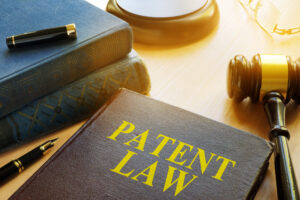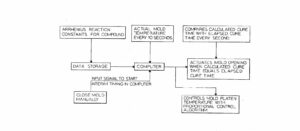Artificial Intelligence

It is, however, a useful tool for several tasks. The United States Patent & Trademark Office (USPTO) recently released a guidance on the use of AI. The Agency reminded inventors and practitioners that a natural person is required to perform the functions of inventor and patent practitioner.
Patent Law History


Figure 1 of U.S. Patent No. 4,344,142 B2
Diehr did not claim the algorithm or try to convince the Board that the algorithm was an inventor. Diehr claimed the use of the algorithm in solving a problem and was successful.
Three years earlier, in Parker v. Flook, 437 U.S. 584 (1978), Flook, his co-appellant, tried to claim the abstract system and lost.
Takeaways
The same logic applies to “AI,” use it as a useful new tool, verify the results, and have an intellectual property attorney ready to assist.
Author

Christopher J. Nichols, Ph.D.
Partner
Recently named a Partner of MMV IP, Dr. Nichols is a seasoned patent attorney with a strong background in biotechnology, pharmaceuticals, patent strategy, due diligence, and patentability searches and opinions. He is also charged with managing our Trademark department. Click to the left to learn more about Dr. Nichols.







